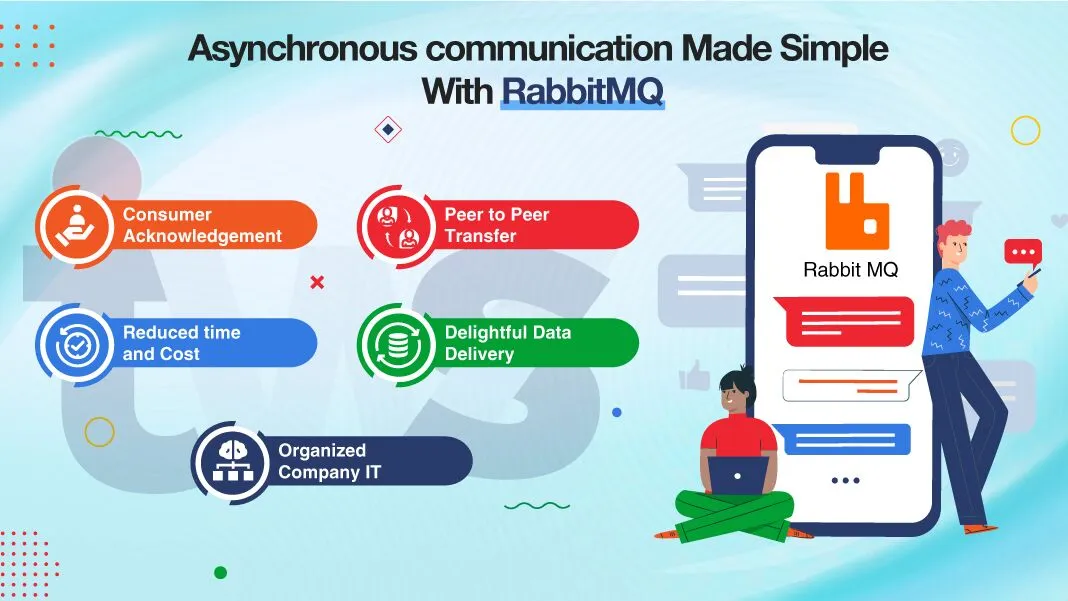Database performance is critical for ensuring that an application operates efficiently and meets user expectations. A poorly performing database can lead to slow response times, decreased user satisfaction, and even system failures. Here are key points to consider when addressing database performance:
Database Design: A well-designed database schema with appropriate indexing, relationships, and normalization can significantly improve query performance. Ensure that the database structure is optimized for the application’s data access patterns.
Indexing: Use indexes judiciously to speed up data retrieval operations. Indexes on columns frequently used in WHERE clauses can reduce query execution times.
Query Optimization: Write efficient SQL queries that minimize the amount of data processed and fetched from the database. Avoid complex subqueries and use database query optimization tools where available.
Caching: Implement caching mechanisms to store frequently accessed data in memory. Caching can reduce the load on the database and improve response times for read-heavy workloads.
Connection Pooling: Use connection pooling to manage database connections efficiently. Creating and closing connections for each user request can be resource-intensive and slow.
Resource Monitoring: Continuously monitor database performance metrics, such as CPU utilization, memory usage, and I/O activity. Detect and address resource bottlenecks promptly.
Normalization and Denormalization:Strike a balance between normalization (for data integrity) and denormalization (for query performance). Denormalization can reduce the need for complex joins but may require additional storage.
Partitioning: Partition large tables into smaller, more manageable chunks. This can improve query performance and maintenance tasks like backups.
Optimized Data Types: Use appropriate data types for columns to minimize storage requirements and improve query performance. Avoid using unnecessarily large data types.
Database Maintenance: Regularly perform database maintenance tasks such as index rebuilding, table optimization, and data archiving to ensure optimal performance over time.
Query Execution Plans: Analyze query execution plans to identify slow queries and potential indexing or optimization opportunities.
Concurrency Control: Implement appropriate concurrency control mechanisms to handle simultaneous database transactions efficiently.
Load Balancing: Use database load balancing to distribute queries across multiple database instances or replicas. This can improve both read and write performance.
Scaling Strategies: Plan for database scaling as the application grows. Options include vertical scaling (adding more resources to a single server) and horizontal scaling (distributing the database across multiple servers).
Backup and Recovery: Implement reliable backup and recovery strategies to minimize downtime in case of data loss or system failures.
Security and Permissions: Ensure that database security is robust and that user permissions are appropriately configured. Security-related queries should not introduce unnecessary overhead.
Logging and Monitoring: Implement comprehensive logging and monitoring to detect and diagnose performance issues in real-time. Log slow queries and errors for analysis.
Testing and Benchmarking: Conduct performance testing and benchmarking to simulate real-world scenarios and identify performance bottlenecks before they impact users.
Documentation: Maintain documentation that includes database schema diagrams, indexing strategies, and performance optimization plans for reference and knowledge sharing.
By addressing these key points and continuously monitoring and optimizing your database, you can ensure that it operates efficiently, delivers fast response times, and supports the performance requirements of your application.








Leave feedback about this